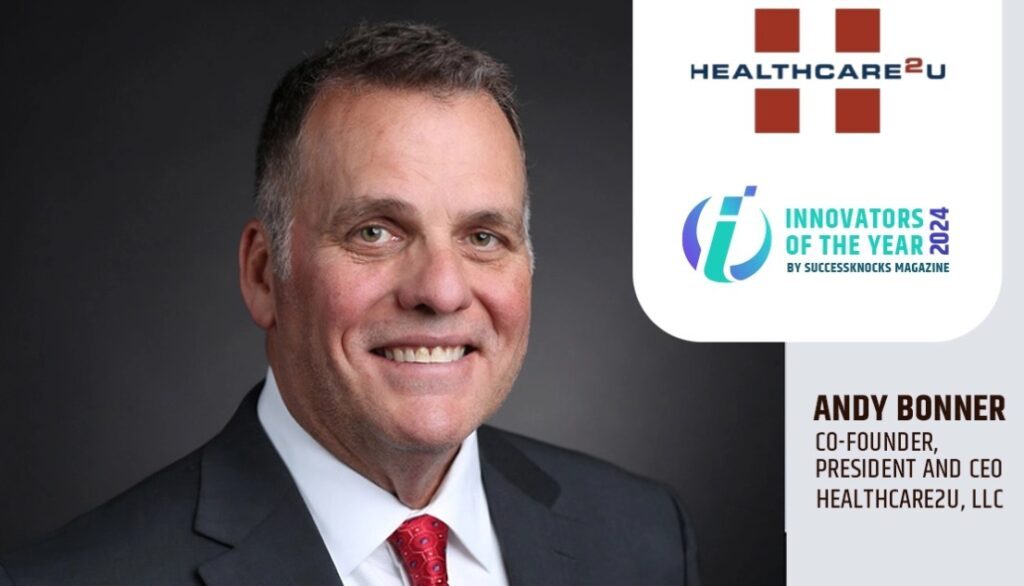“Flying blind” is a term that may sound acceptable to adrenal-junkies but is unsettling in the context of seeking and acquiring medical care.
Imagine not knowing the price of a meal until you’re finished eating or hiring a cleaning service to shampoo your carpets without an estimate beforehand. It wouldn’t happen – the purchasing power of consumers simply wouldn’t allow it. However, this scenario is very common within the healthcare industry. Patients receive services and prescriptions that are crucial to their health without understanding the accumulating costs. Healthcare has become opaque. “Everyone’s flying blind,” said Francois de Brantes, vice president and director of the Center for Payment Innovation at the not-for-profit Altarum Institute. “Flying blind,” is a term that may sound acceptable to adrenal-junkies but is unsettling in the context of seeking and acquiring medical care. In all other aspects of our lives, purchasing services or items without cost transparency would be unacceptable. So why are the standards different in healthcare? While the industry has gotten away with it for years, there may be an end in sight.
Consumer Price Shopping
What’s stopping consumers from price shopping within healthcare? According to a HealthMine survey of consumers with sponsored health insurance, 39 percent say their plans don’t offer a tool that can help predict how much medical care will cost. Because such a low percentage of consumers have access to transparency tools like these, there’s low confidence that individuals can find an estimated total prior to receiving care. Another report highlights the issue of consumers calling hospitals and doctors’ offices, looking for answers and then finding that the relayed information didn’t help in making more informed decisions. In the long run, the lack of cost transparency is costing consumers time and money.
For the individuals that do have resources to price-shop, insights show that they are using lower-price laboratory and imaging facilities, saving a small amount on high-priced tests or labs. However, that’s not enough to motivate all consumers to use these tools. Overall, cost-transparency tools are used at a low rate among individuals that have access to them. The barriers to increasing the utilization of these tools range from 1) some patients simply don’t support the idea of price-shopping and potentially lack faith in its effectiveness, 2) those patients who want to price-shop lack the time or information needed to identify low-cost options, and 3) patients may not participate because of their existing relationship with a provider or lack of alternative care options.
An Innovative Care Model
Recently the presidential Executive Order addressed the lack of cost transparency in U.S. healthcare. By placing patients first, the Executive Order aims to improve the price and quality of care through competition within the industry. Meanwhile, to assist with transparency at the entry-point of healthcare, many organizations have based their care delivery models on providing candid pricing from the start.
Among these innovative care delivery models is direct primary care model (DPC) which often consists of a monthly, quarterly, or annual retainer for access to specific medical services. This model is not insurance-based, but supplements high-deductible health plans or catastrophic plans because of its affordable access to primary care and avoidance of deductibles. DPC arrangements can range from a single primary care physician entering into an agreement with individual patients, to companies contracting with DPC organizations that have a network of physicians to service their employees. Details aside, DPC focuses on fixed prices for members with a list of included services. The cost transparency within each provided service empowers patients to make well-informed, budgeted healthcare decisions.
Evidence proves that visiting a primary care physician before a specialist is associated with more appropriate, more effective and less expensive care. Also, 90 percent of the nation’s $3.3 trillion in annual healthcare expenditures is spent on people with chronic and mental health conditions. By implementing the right DPC membership for employees, DPC can combat this dilemma with access to affordable primary care and chronic disease management. Meaning, employees utilizing a DPC model for preventative care tend to have fewer recurring issues with chronic conditions – reducing emergency services and hospitalization costs.
While consumers may feel like they’re “flying blind” within the healthcare industry, hope is on the way. The Executive Order will begin to mandate hospitals publicly post pricing for services, easing the access for patients to price-shop for necessary medical care and simultaneously increasing competition among organizations. In the meantime, DPC arrangements will continue to service consumers with their transparent pricing model and pre-negotiated covered services. Cutting overall costs for patients, from unnecessary tests to chronic disease complications and hospital re-admittance.







